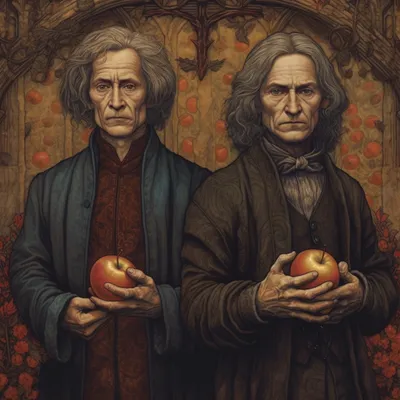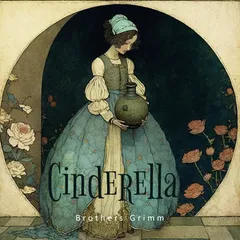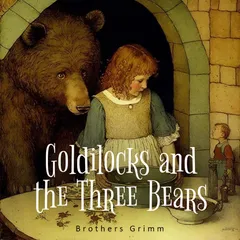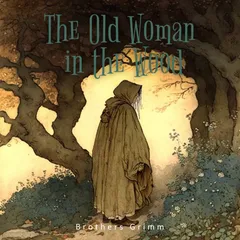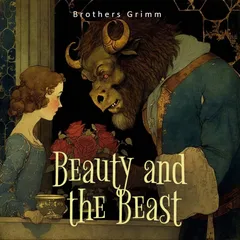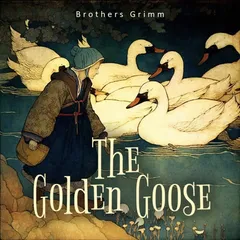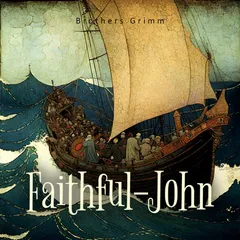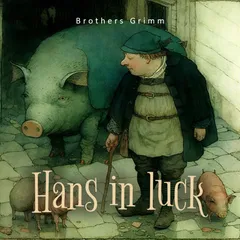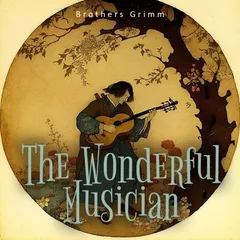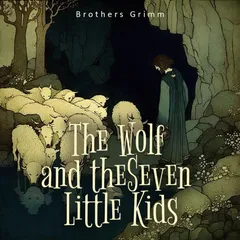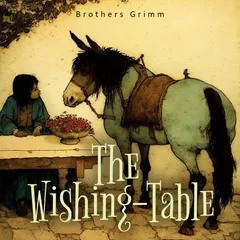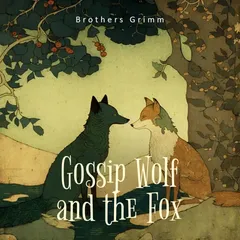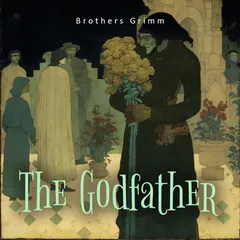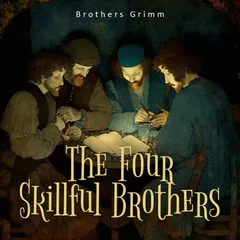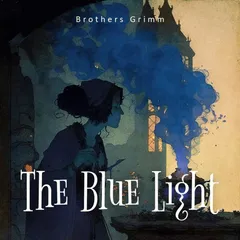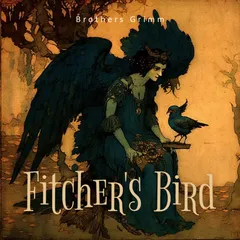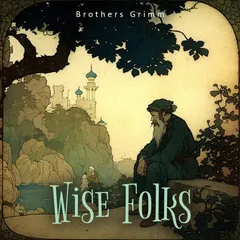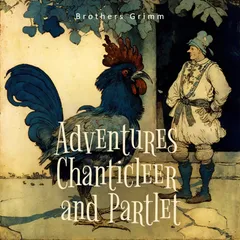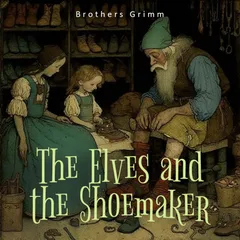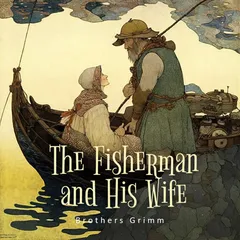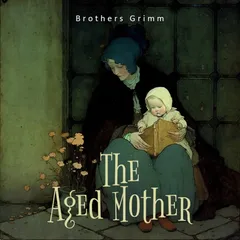Brothers Grimm
The Brothers Grimm, Jacob (1785–1863) and Wilhelm (1786–1859), were German academics, philologists, cultural researchers, lexicographers, and authors who together collected and published folklore.
The brothers are among the best-known storytellers of folk tales, popularizing stories such as "Cinderella", "The Frog Prince", "Hansel and Gretel", "Little Red Riding Hood", "Rapunzel", "Rumpelstiltskin", "Sleeping Beauty", and "Snow White".
Their first collection of folk tales, Children's and Household Tales (Kinder- und Hausmärchen), began publication in 1812.
The rise of Romanticism in 19th-century Europe revived interest in traditional folk stories, which to the Brothers Grimm represented a pure form of national literature and culture. With the goal of researching a scholarly treatise on folk tales, they established a methodology for collecting and recording folk stories that became the basis for folklore studies.
Between 1812 and 1857 their first collection was revised and republished many times, growing from 86 stories to more than 200. In addition to writing and modifying folk tales, the brothers wrote collections of well-respected Germanic and Scandinavian mythologies, and in 1838 they began writing a definitive German dictionary which they were unable to finish during their lifetimes.
The popularity of the Grimms' collected folk tales has endured well. The tales are available in more than 100 translations.
Read more on Wikipedia
